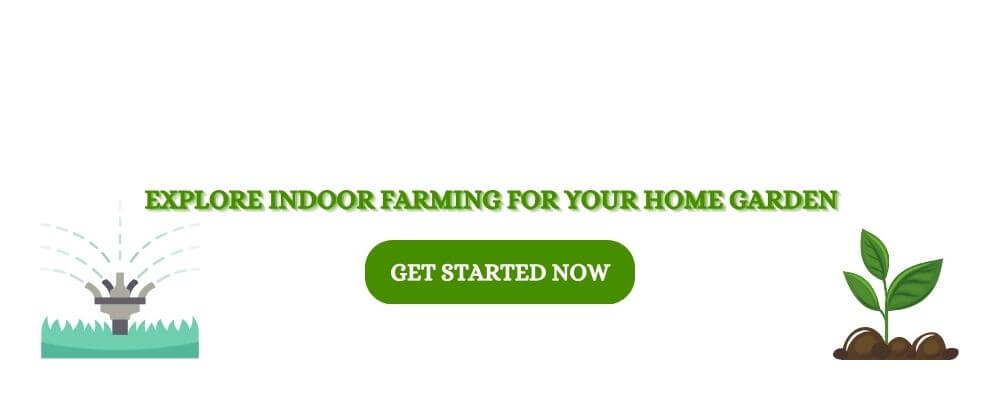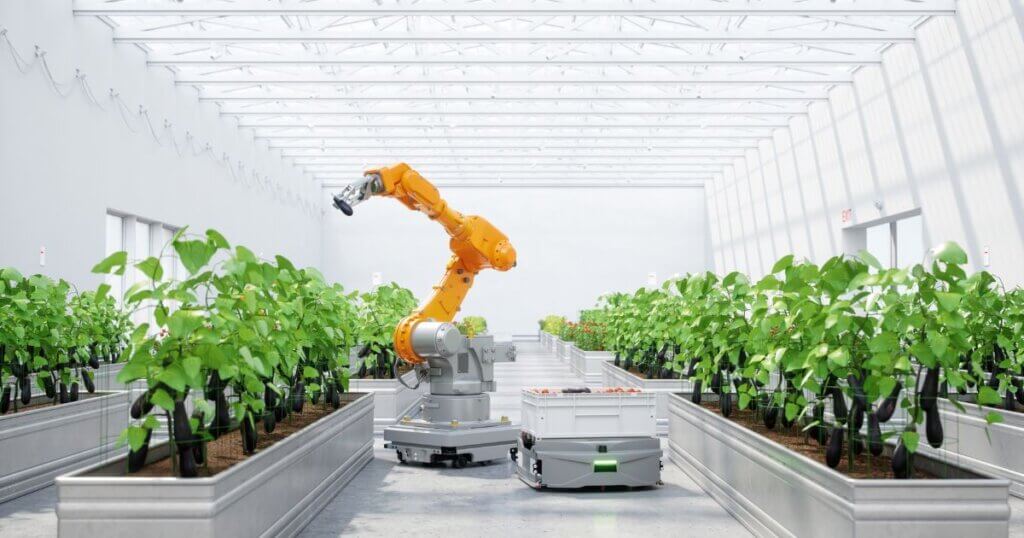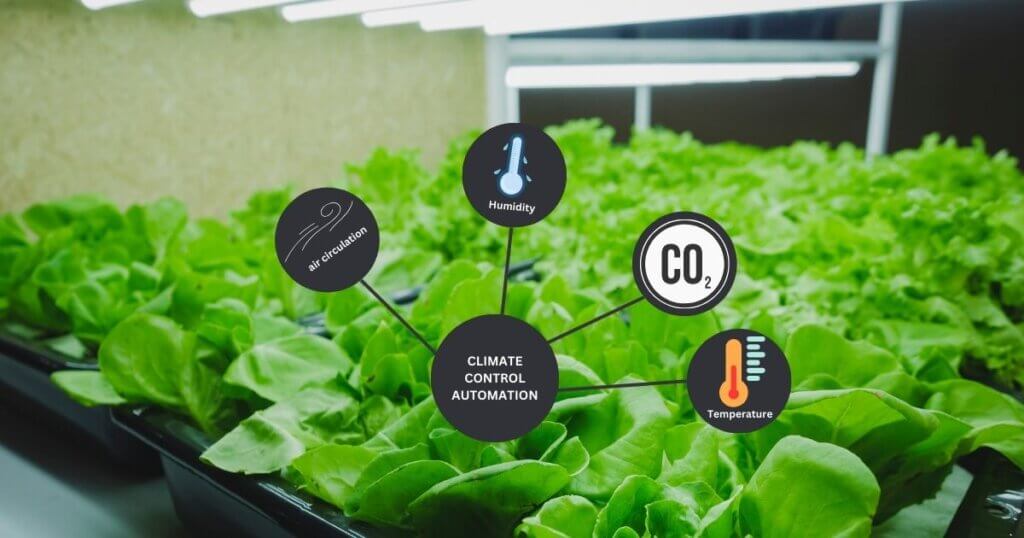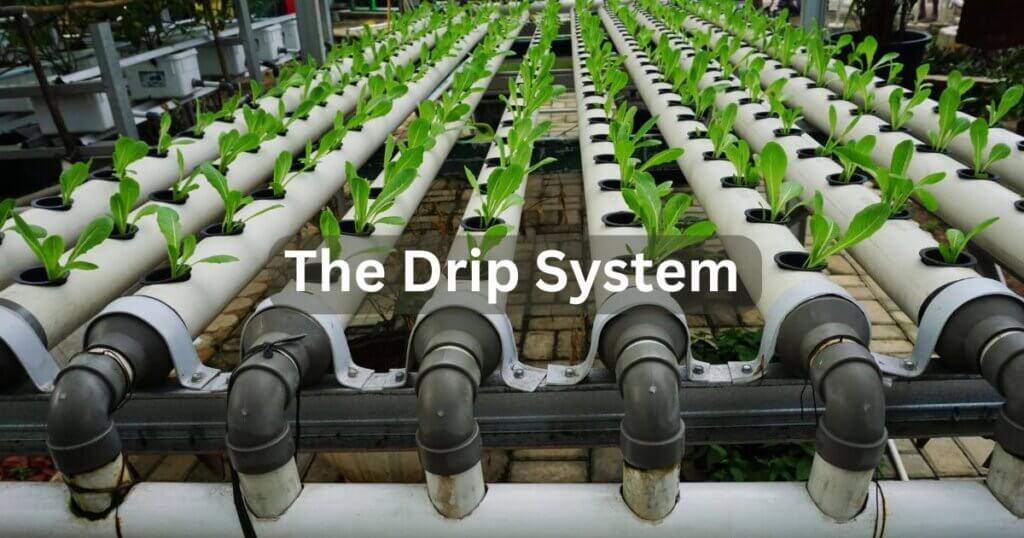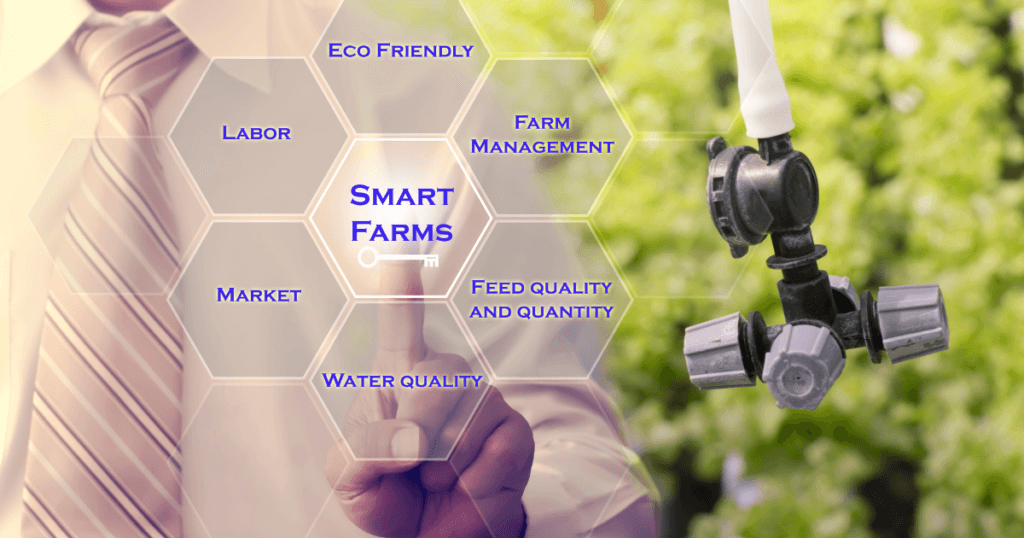Enhancing Efficiency with Automated Irrigation
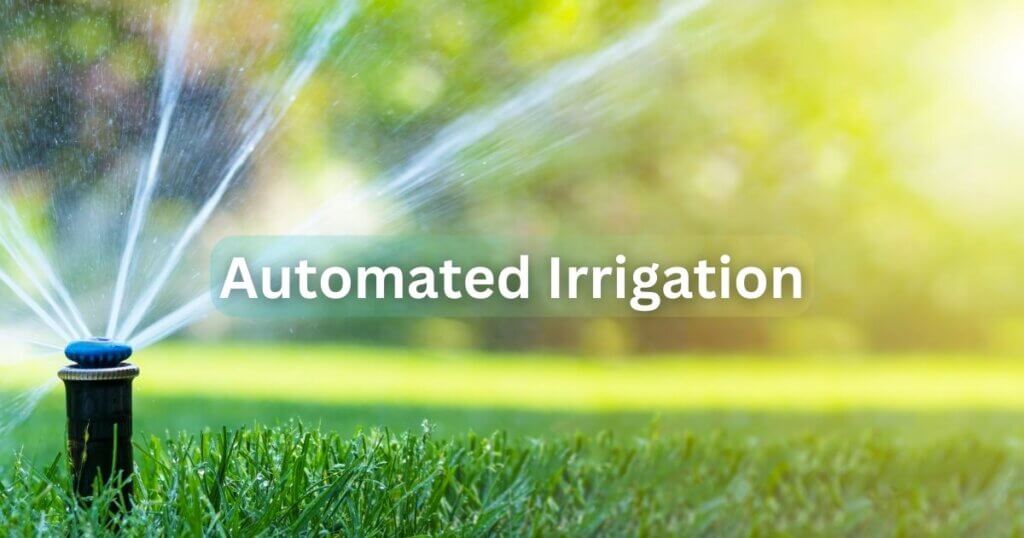
Some of the links in this post are affiliate links. As an Amazon Associate, we earn a referral fee from qualifying purchases—at no extra cost to you.
In today’s fast-paced world, where time is of the essence, efficiency is paramount. This holds true even in agriculture, where every drop of water counts. Traditional irrigation methods can be time-consuming, labour-intensive, and prone to inefficiencies. However, with the advent of automated irrigation systems, farmers and gardeners can now optimize their water usage, reduce manual labor, and enhance overall efficiency. This article will delve into automated irrigation and explore its benefits, applications, and key features. So, let’s dive in and discover how automated irrigation can revolutionize how we cultivate and nurture our crops and gardens.
Table of Contents
The Basics of Automated Irrigation
Understanding Automated Irrigation
Automated irrigation refers to the use of technology and intelligent systems to automate the process of watering plants, crops, and landscapes. Instead of relying on manual labour or outdated irrigation methods, automated systems employ sensors, controllers, and actuators to deliver precise amounts of water to the plants at optimal times.
Key Components of Automated Irrigation
- Sensors: These devices monitor various environmental factors such as soil moisture, temperature, and humidity. They provide real-time data to the irrigation system, enabling it to make informed decisions regarding watering schedules.
- Controllers: The brain of the system, controllers receive information from sensors and use it to determine when and how much water should be delivered to the plants. They automate the irrigation process based on pre-programmed parameters and settings.
- Actuators: These devices physically control water flow from the source to the plants. Depending on the specific irrigation setup, they may include valves, pumps, or sprinklers.
A reliable soil moisture sensor can make all the difference in ensuring your automated system waters efficiently. This Soil Moisture Meter XLUX T10 provides accurate readings, is easy to install, and works with most irrigation controllers.
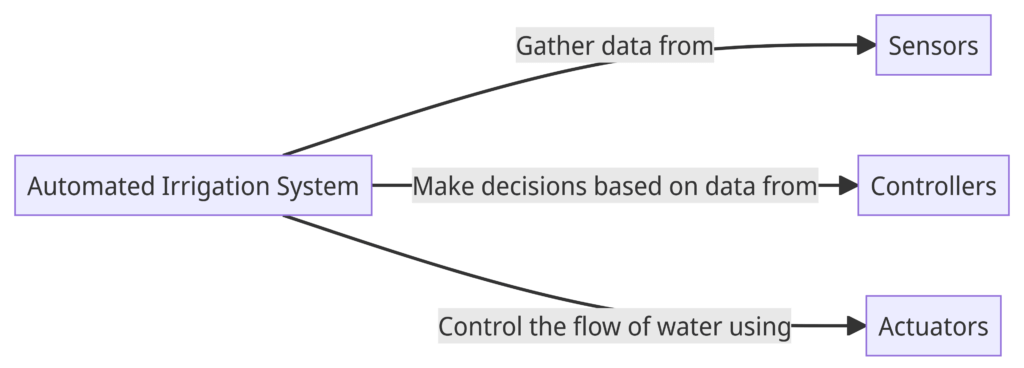
Benefits of Automated Irrigation
1. Water Conservation
Automated irrigation systems ensure water is used efficiently and precisely, avoiding wastage. By monitoring soil moisture levels and adjusting watering schedules accordingly, these systems prevent overwatering and conserve this precious resource.
2. Time and Labor Savings
With automated irrigation, farmers and gardeners can bid farewell to the laborious task of manual watering. These systems take care of watering, allowing individuals to allocate their time and energy to other important agricultural tasks.
Save time and manage watering effortlessly with the Rachio 3 Smart Sprinkler Controller. This system adapts to your local weather, schedules watering automatically, and you can control it from anywhere via smartphone.
3. Precision and Optimal Plant Health
Automated irrigation ensures that plants receive the right amount of water at the right time. By closely monitoring environmental conditions and plant needs, these systems help maintain optimal soil moisture levels, promoting healthy plant growth and minimizing the risk of diseases caused by under or overwatering.
4. Scalability and Flexibility
Automated irrigation systems can be tailored to suit various scales of agricultural operations, from small gardens to large commercial farms. They offer flexibility in terms of scheduling, allowing users to adjust watering patterns based on seasonal changes or specific plant requirements.
5. Cost Efficiency
While the initial setup cost of an automated irrigation system may be higher than traditional methods, the long-term benefits outweigh the investment. By optimizing water usage, reducing labour requirements, and enhancing plant health, these systems lead to cost savings in the long run.
Applications of Automated Irrigation
1. Agriculture
Automated irrigation is a game-changer in the field of agriculture. It empowers farmers to cultivate crops more efficiently and sustainably. By delivering water directly to the plant roots and avoiding unnecessary runoff, these systems help maximize crop yield while minimizing water and fertilizer usage.
2. Landscaping and Gardens
Automated irrigation systems have become increasingly popular in residential and commercial landscaping. They ensure that lawns, gardens, and ornamental plants receive the right amount of water, promoting lush greenery and vibrant blooms. These systems can be programmed to accommodate different plant types and landscaping designs.
3. Greenhouses
Greenhouses provided controlled environments for plant growth. Automated irrigation systems play a crucial role in maintaining optimal conditions inside greenhouses. By delivering water precisely and uniformly, these systems help create the ideal microclimate for plant growth, resulting in healthier crops and improved yield.
Choosing the Right Automated Irrigation System
Factors to Consider
- System Scalability: Consider the size of your agricultural or gardening operation and choose a system that can cater to your needs, whether a small garden or a vast farmland.
- Sensor Options: Look for systems that offer a variety of sensors to monitor different environmental factors. This allows for precise control and adaptation to changing conditions.
- Watering Techniques: Different crops and plants require different watering methods. Choose a system that offers the appropriate watering techniques, such as drip irrigation, sprinklers, or misting, to meet your specific requirements.
- Ease of Use: Opt for an automated, user-friendly irrigation system that offers intuitive controls. This ensures easy setup and management, even for those new to the technology.
Ease of use is essential when selecting an irrigation system. The Orbit B-hyve Smart Indoor/Outdoor Irrigation Controller offers an intuitive app interface and easy setup, making it a fantastic choice for both beginners and pros.
Maintenance and Upkeep
Like any other technology, automated irrigation systems require regular maintenance to operate at their best. Consider factors such as the availability of spare parts, technical support, and the ease of system upgrades when choosing a system. Proper maintenance will help extend the system’s lifespan and ensure optimal performance.
5 Different Types of Automated Irrigation Systems
Here are five different automated irrigation systems that are available on the market:
1. Smart Sprinkler Systems:
- Description: Smart sprinkler systems utilize advanced technology to deliver water efficiently to plants and lawns. These systems typically contain a controller, moisture sensors, and sprinkler heads. The controller receives sensor data and adjusts the watering schedule based on real-time moisture levels. Smart sprinkler systems can be controlled remotely through mobile apps, allowing users to monitor and manage their irrigation from anywhere.
- Key Features: Remote control, moisture sensors, customizable schedules, weather integration.
2. Drip Irrigation Systems:
- Description: Drip irrigation systems provide water directly to the plant roots through a network of tubes with emitters. These emitters release water slowly and evenly, minimizing evaporation and runoff. Drip irrigation systems can be automated by incorporating controllers and timers. They are particularly effective for conserving water and suitable for various plants, including vegetables, flowers, and shrubs.
- Key Features: Precise water delivery, water conservation, adaptability to various plant types, programmable timers.
For gardeners looking to conserve water with precision, the Raindrip Automatic Drip Irrigation Kit is a complete solution. It includes everything needed to set up an efficient drip system for flowers, vegetables, and shrubs.
3. Hydroponic Systems:
- Description: Hydroponic systems are soilless cultivation methods that use nutrient-rich water as the growing medium. These systems can be automated to directly provide water, nutrients, and oxygen to the plant roots. They typically utilize a recirculating system that delivers a carefully controlled solution to the plants. Hydroponic systems are commonly used in indoor farming and greenhouse environments.
- Key Features: Soilless cultivation, precise nutrient delivery, water efficiency, indoor farming capabilities.
Grow your own fresh produce indoors with the Aerospring Indoor Hydroponic System. This fully automated, vertical hydroponic setup is perfect for herbs, leafy greens, and even small fruits, right inside your home.
4. Weather-Based Irrigation Systems:
- Description: Weather-based irrigation systems, also known as ET (evapotranspiration)-based systems, rely on weather data to determine plants’ watering needs. These systems use sensors that measure environmental factors such as temperature, humidity, wind, and solar radiation. The data collected is then used to calculate the water requirements of plants based on evapotranspiration rates. Weather-based systems ensure that plants receive water based on weather conditions, preventing over or under-watering.
- Key Features: Weather data integration, precise watering based on environmental conditions, water conservation.
5. Vertical Farming Systems:
- Description: Vertical farming systems are innovative setups that maximize space utilization by growing plants vertically, often in stacked layers. These systems typically employ automated irrigation methods such as misting or aeroponics, where water is delivered as a fine mist or sprayed directly onto plant roots suspended in the air. Vertical farming systems often incorporate sensors and controllers to monitor and optimize water and nutrient delivery. This ensures efficient plant growth in limited spaces.
- Key Features: Vertical space utilization, efficient water and nutrient delivery, controlled environment, space-saving design.
These are just a few examples of the automated irrigation systems available on the market. Each system offers unique features and benefits, allowing farmers, gardeners, and enthusiasts to choose the one that best suits their needs and preferences.
Conclusion
Automated irrigation systems bring a new level of efficiency and precision to agriculture and gardening. By automating the watering process, these systems conserve water, save time and labor, and promote optimal plant health. Whether you’re a farmer, gardener, or landscaping enthusiast, incorporating automated irrigation can revolutionize how you nurture and cultivate your plants. Embrace this technology, choose the right system for your needs, and embark on a journey towards enhanced efficiency and sustainable cultivation.
Remember, the future of irrigation is automated, and it’s time to make the switch!
FAQs – Automated Irrigation
1. How do automated irrigation systems handle water pressure variations?
Automated irrigation systems often include pressure regulators and flow control valves to maintain consistent water pressure. Some advanced systems can detect pressure fluctuations and adjust accordingly to prevent overwatering or under-watering.
2. Can an automated irrigation system work with rainwater harvesting?
Yes! Many automated systems can be integrated with rainwater harvesting setups. By connecting the system to a rainwater storage tank and using sensors to monitor water levels, you can create a sustainable irrigation solution.
3. What happens if there is a power outage?
Some systems have backup power options like battery packs or solar panels to keep them running during power failures. Additionally, certain controllers can store the last programmed schedule and resume watering once power is restored.
4. Are automated irrigation systems suitable for potted plants and indoor gardens?
Yes, drip irrigation and hydroponic systems are excellent options for potted plants and indoor gardens. These systems can be automated to deliver precise water amounts without over-saturating the soil or growing medium.
5. How do automated irrigation systems prevent water wastage due to leaks or malfunctions?
Many modern systems feature leak detection sensors and smart controllers that shut off water flow if abnormal usage is detected. Regular maintenance and system monitoring also help prevent unnecessary water loss.
Other Useful Resources Related To Automated Irrigation
- Irrigation Controller Overview – Wikipedia
Provides an overview of irrigation controllers, their function, and their importance in automated systems. - Micro-Irrigation – Wikipedia
Details the benefits and components of micro-irrigation systems, which are commonly used in automated irrigation setups. - Digital Agriculture – Wikipedia
Explores how digital technologies, including automated irrigation, are transforming agriculture by enhancing sustainability and resource efficiency. - Aiper’s IrriSense Smart Irrigation Sprinkler – The Verge
A news article discussing the smart irrigation sprinkler developed by Aiper highlights its water-saving features. - Autonomous Technology in Farming: This article explores the introduction of autonomous technology, including automated irrigation systems, in agriculture, discussing their potential to address labor shortages and environmental challenges, as well as the concerns they raise.
